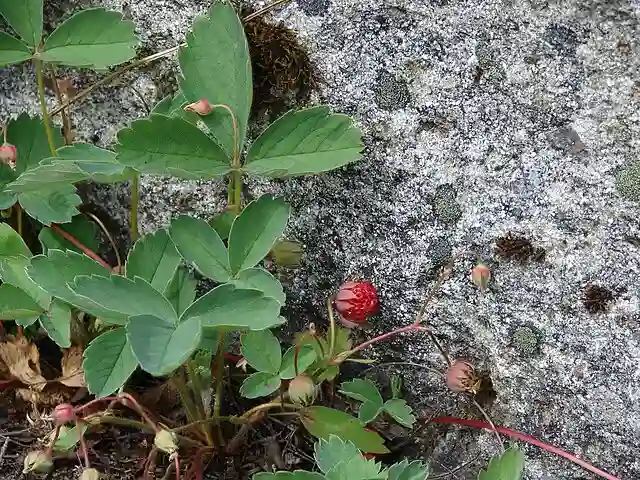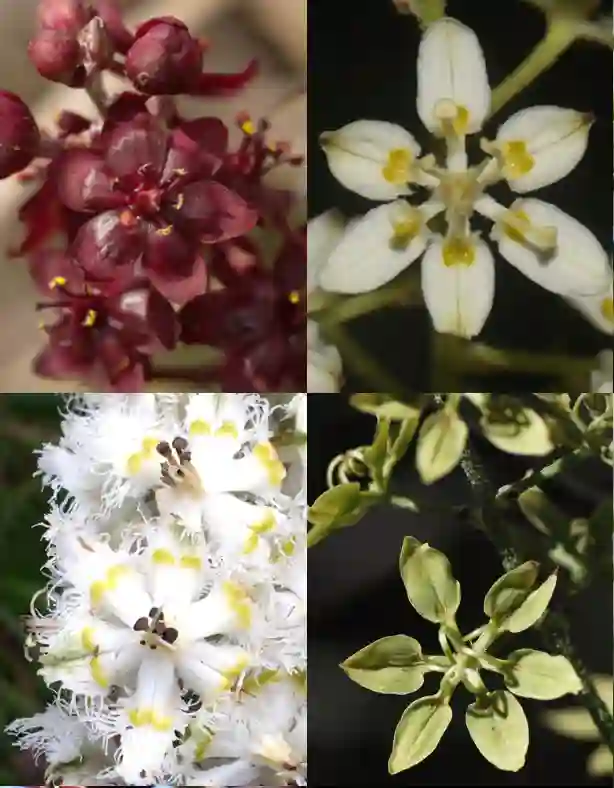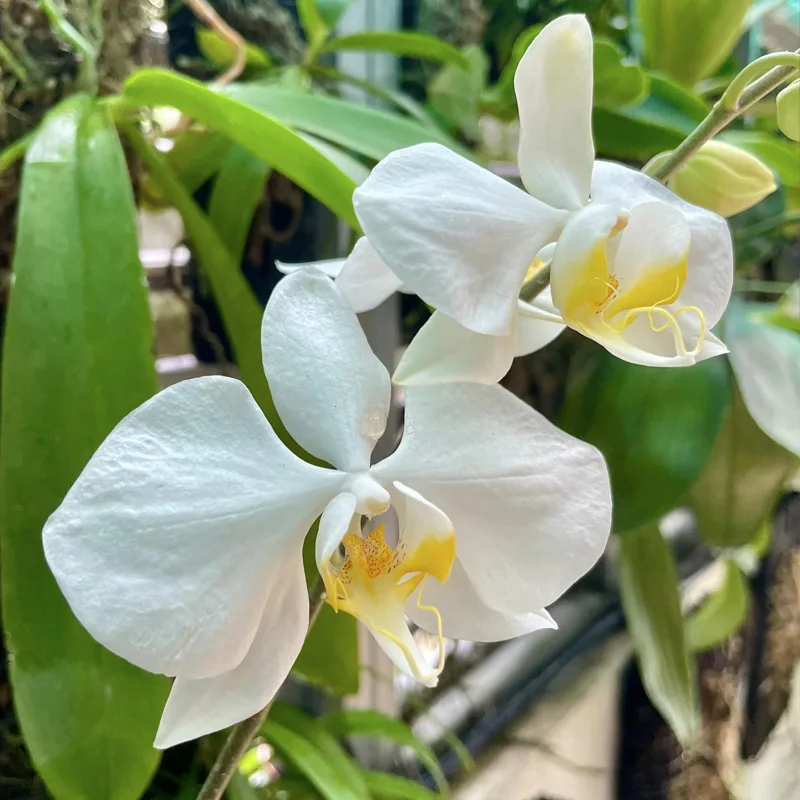Frequently Asked Questions About Acalypha Virginica
When it comes to Acalypha Virginica, often known as Three-Seeded Mercury, I’ve found myself fielding a lot of questions about this intriguing plant. Whether you’re a gardener, a forager, or just curious, here’s a comprehensive guide to the most frequently asked questions about Acalypha Virginica.
432 Species in Genus Acalypha – Copperleaf – Chenille Plant
What is Acalypha Virginica?
Acalypha Virginica, commonly known as Three-Seeded Mercury, is a perennial herb native to North America. It belongs to the Euphorbiaceae family, which is the same family as spurge. This plant is typically found in moist, shaded areas and is known for its distinctive, small, three-seeded fruits that give it its name.
How to Care for Acalypha Virginica?
Caring for Acalypha Virginica is relatively straightforward. It thrives in shaded to partially shaded environments and prefers moist, well-drained soil. It’s quite hardy and can tolerate a range of soil types, but it’s crucial to keep the soil consistently moist. Regular watering is key, especially during dry spells. Mulching around the base can help retain moisture and keep weeds at bay.
How to Propagate Acalypha Virginica?
Propagating Acalypha Virginica is usually done through seed. Collect seeds from mature plants in the late summer or early fall. Before sowing, it’s a good idea to stratify the seeds by placing them in the refrigerator for a few weeks to simulate winter conditions. Once stratified, sow the seeds in a well-draining seed-starting mix. Keep the soil moist and warm, and you should see germination within a few weeks.
Is Acalypha Virginica Edible?
Acalypha Virginica is not commonly known for its edibility. Although some sources might suggest that it has been used in traditional medicine, it is not widely recognized as a food source. If you are considering consuming any part of this plant, it is essential to consult with an expert or do thorough research to ensure safety.
How to Get Rid of Acalypha Virginica?
If Acalypha Virginica becomes invasive or unwanted in your garden, getting rid of it involves a few steps. First, manually remove the plants, making sure to pull out the roots to prevent regrowth. For larger infestations, you may need to use a hoe or similar tool to ensure complete removal. Regular monitoring and maintenance are crucial to prevent it from reestablishing.
Is Acalypha Virginica Toxic?
Acalypha Virginica is not widely documented as being toxic to humans or animals. However, since it is related to the spurge family, which includes some toxic plants, it’s always best to handle it with care. Avoid ingesting any part of the plant and keep pets away from it to be safe.
Benefits of Acalypha Virginica
While Acalypha Virginica may not have significant edible uses, it offers benefits in other areas. It can be a valuable addition to a shade garden, providing lush green foliage and a unique texture. Additionally, its ability to thrive in moist, shaded environments makes it useful for ground cover in challenging garden conditions.
Common Problems with Acalypha Virginica
One common issue with Acalypha Virginica is its tendency to become invasive in some garden settings. It can spread rapidly and outcompete other plants if not managed properly. Additionally, while it’s generally low-maintenance, it may suffer from common garden pests or diseases, such as aphids or fungal infections, particularly in overly damp conditions.
What to Plant with Acalypha Virginica?
Acalypha Virginica pairs well with other shade-loving plants. Consider planting it alongside hostas, ferns, or shade-tolerant groundcovers like Pachysandra or Creeping Jenny. These combinations can create a lush, multi-layered garden bed that thrives in low-light conditions.
Can You Grow Acalypha Virginica Indoors?
Growing Acalypha Virginica indoors can be challenging due to its preference for moist, shaded outdoor environments. However, if you have a suitable indoor space with low light and high humidity, it might be possible. Ensure that you provide adequate moisture and monitor the plant for signs of stress or pests.
Compare Acalypha Virginica with Other Similar Plants
When comparing Acalypha Virginica with other plants in the Euphorbiaceae family, like the more well-known spurge species, it’s essential to note the differences in growth habits and uses. While many spurge species are known for their toxicity, Acalypha Virginica is generally not recognized as highly toxic. However, it’s still wise to handle all plants from this family with care.
In conclusion, Acalypha Virginica, or Three-Seeded Mercury, is an interesting and versatile plant. While it may not be widely used for culinary purposes, it offers value as an ornamental plant in shaded garden areas. By understanding its care requirements and potential issues, you can make the most of this unique species in your garden.
If i die, water my plants!



